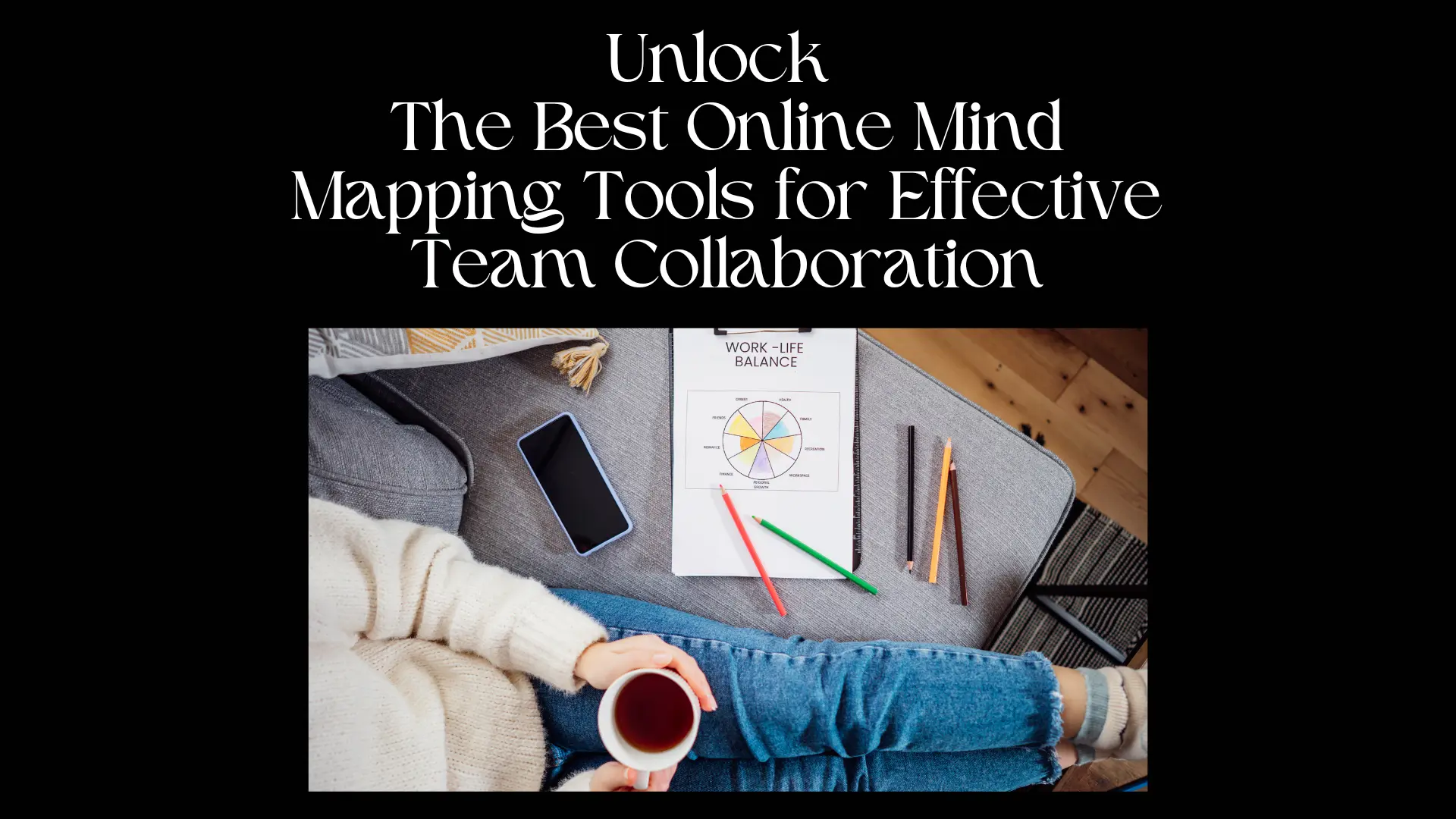Creating a visual roadmap of events helps in understanding the chronology, relationships, and importance of milestones in any project or historical study. Timeline mind maps are a powerful tool to do just that. This blog explores the concept of a timeline mind map, its benefits, and what types of events are best suited for timeline mapping.
A timeline mind map combines the structured nature of a timeline with the creative, branching flow of a mind map. It helps you visualize sequences and relationships between different events while maintaining a flexible and creative layout. Unlike traditional linear timelines, a timeline mind map can branch out in multiple directions, making it easier to see connections and sub-events.
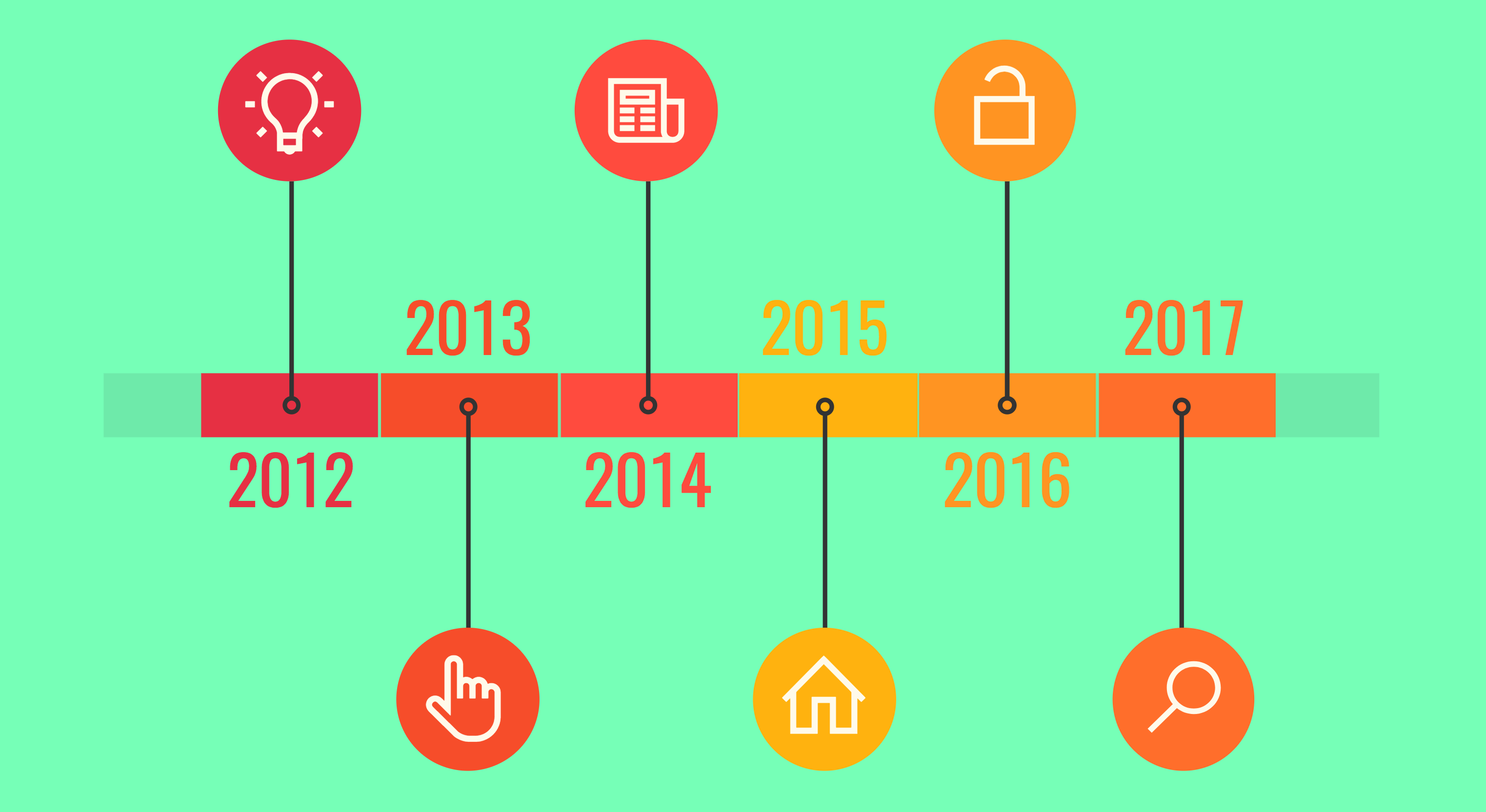
Image from:stephenslighthouse
Why Use Timeline Mind Maps?
1. Clarity and Organization:
A timeline mind map excels at simplifying complex information by presenting it in a visually organized manner. Traditional timelines often limit the user to a linear structure, which can make it difficult to see relationships between different events or stages. However, a timeline mind map uses a branching format that allows users to clearly visualize both the sequence and hierarchy of events. This clarity is particularly valuable when working with large projects, detailed historical periods, or intricate plans that involve many interconnected parts. By organizing events this way, users can quickly grasp the overall picture while still being able to drill down into specific details as needed.
2. Enhanced Creativity:
One of the standout advantages of a timeline mind map is its ability to foster creativity while maintaining structure. Unlike conventional timelines, which follow a strict left-to-right or top-to-bottom sequence, a timeline mind map allows for more flexible, nonlinear arrangements. This flexibility supports creative exploration, helping users to think outside the box and discover unique connections between events or ideas.
For instance, in project planning or brainstorming sessions, this freedom can spark innovative solutions by allowing you to explore alternative paths, dependencies, and outcomes that might not be apparent in a rigid timeline format. The blend of creativity and chronological order makes it a powerful tool for ideation and planning.
Research shows that visual aids significantly enhance memory retention and comprehension. The structured yet visually engaging nature of timeline mind maps helps encode information more effectively in your memory. The combination of timelines and visual elements—such as colors, icons, and images—stimulates both sides of the brain, which leads to better retention of details and sequences. Additionally, because mind maps break down complex information into bite-sized, interconnected nodes, it’s easier to absorb the material at a glance and revisit it later without feeling overwhelmed. Whether you’re studying historical events or mapping out a strategy, a timeline mind map makes information more memorable and easier to recall.
4. Dynamic Adaptability:
In a rapidly changing environment, having a tool that can adapt to new information is crucial. A timeline mind map’s dynamic structure allows you to add, remove, or adjust events and sub-events without disrupting the overall flow. This adaptability is especially beneficial in project management, where tasks and deadlines frequently shift.
Unlike static timelines, which require complete reformatting when changes occur, a timeline mind map remains fluid, letting you easily incorporate updates, feedback, or new ideas. Its scalability also makes it easy to expand on the map as the project grows or as more details become available, ensuring that your plan stays relevant and accurate over time.
What Events Are Best for Timeline Mapping?
When it comes to mapping events, some situations and projects benefit more from a timeline mind map than others. Here are a few examples:
1. Project Management Milestones
In project management, tracking deadlines, key deliverables, and milestones is crucial. A timeline mind map helps break down tasks while connecting different stages of the project, showing how each contributes to the overall goal.
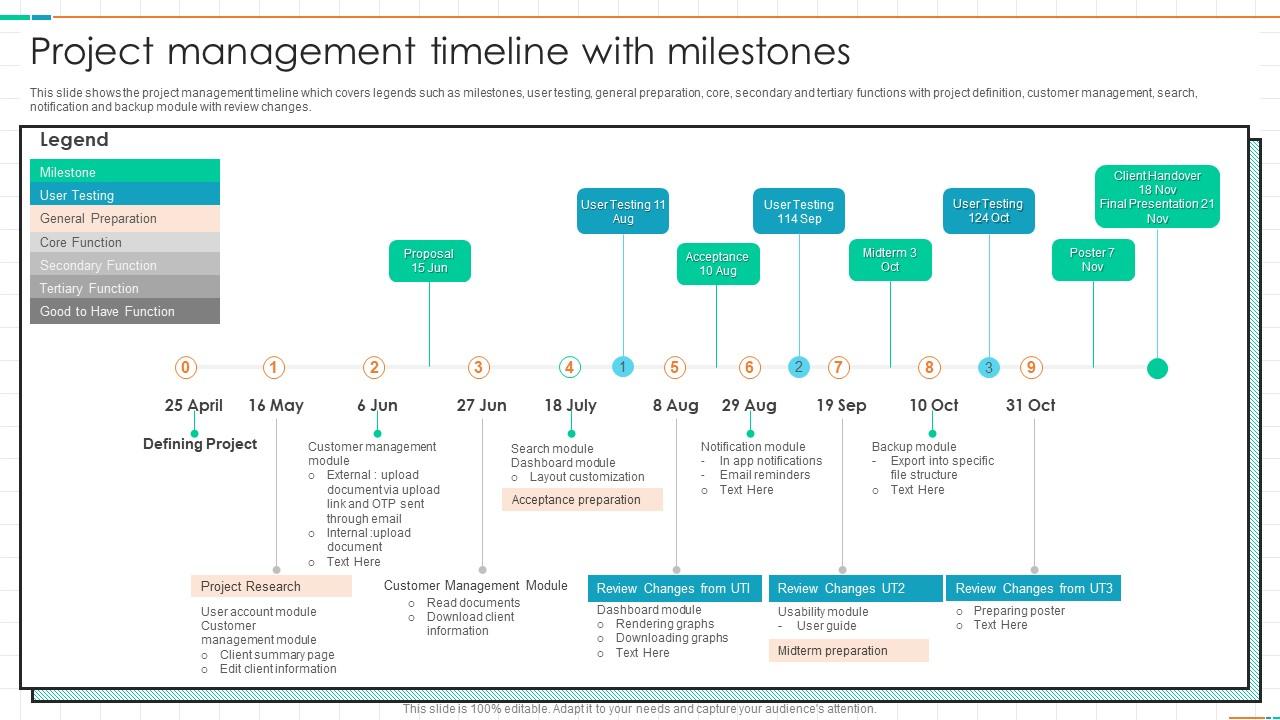
Image from:Slideteam
2. Historical Events and Periods
For historians or students, mapping historical events through a timeline mind map can provide context. You can track significant events like revolutions, wars, or cultural shifts while highlighting the causes and consequences in a nonlinear format.

Image from:thearchaeologist
3. Personal or Career Development
Mapping your career trajectory or personal goals over time is another effective use. This allows for planning ahead, identifying key milestones, and tracking progress over time in a visually engaging manner.
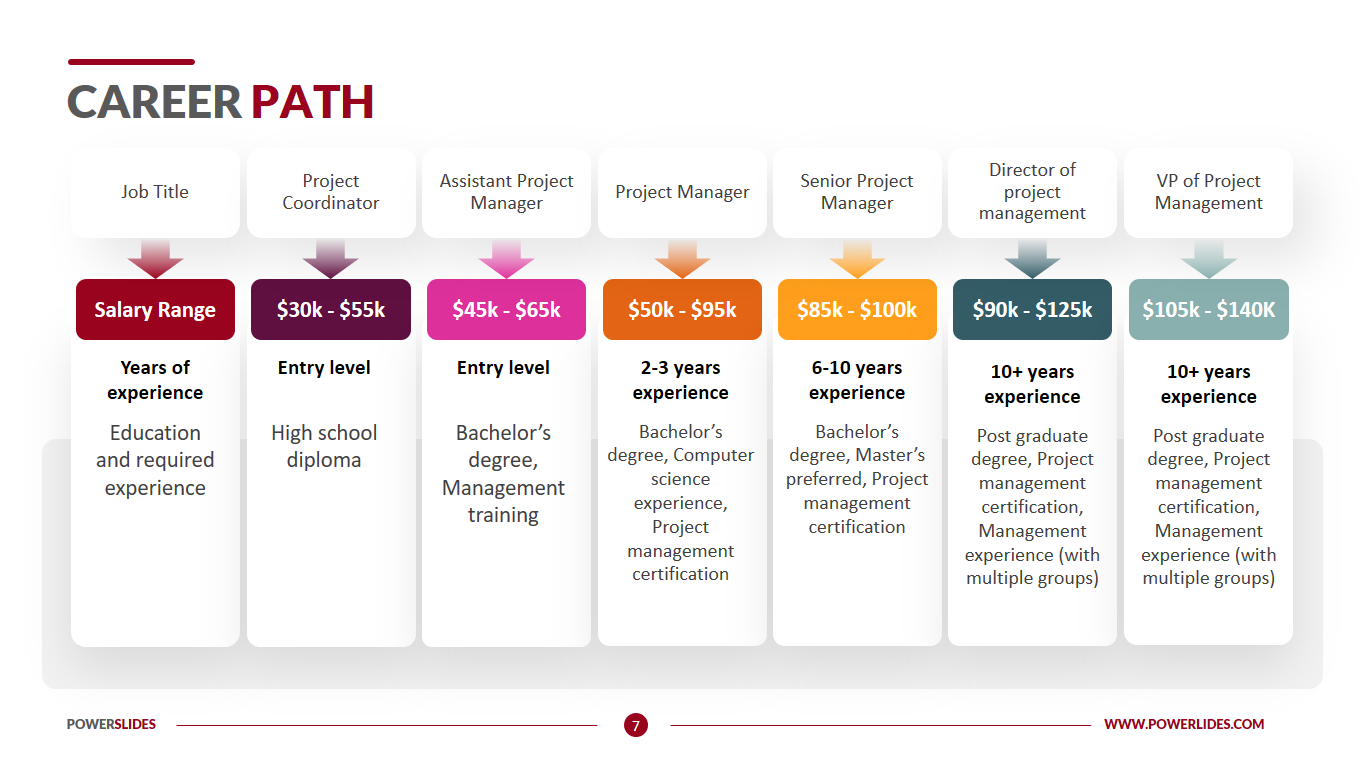
Image from:projectopenletter
4. Product Development Stages
Product managers and entrepreneurs can use timeline mind maps to visualize the phases of product development. You can track from ideation to launch, integrating feedback loops, market testing, and feature rollouts within one comprehensive view.

Image from:Xmind
5. Event Planning and Logistics
When organizing events like conferences, weddings, or festivals, a timeline mind map is a useful tool. It ensures all logistics, scheduling, and participant coordination are laid out clearly, helping organizers avoid overlaps and identify potential issues early.
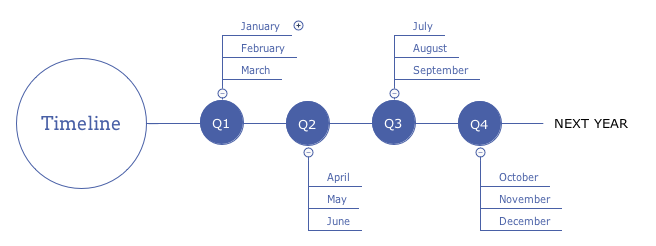
Image from:biggerplate
How to Create a Timeline Mind Map
1. Define Your Key Events:
Begin by identifying the most important events or milestones to include in your timeline.
2. Organize Events Chronologically:
Position the events along a timeline, while allowing for branching where necessary.
3. Add Branches for Sub-Events:
Highlight details or sub-events that are related to the main events using branches.
4. Use Visual Cues:
Incorporate colors, icons, or images to differentiate between categories or signify importance.
5. Regularly Update Your Map:
As new information or changes occur, keep the map dynamic and up-to-date regularly.

Conclusion
A timeline mind map is an innovative tool for organizing and visualizing events, offering flexibility that traditional timelines lack. Whether you’re managing a project, studying history, or planning a major event, a timeline mind map can enhance clarity and insight. When used effectively, it offers a visual, creative way to track the flow of time and interrelations between key events.
By understanding what events are best for timeline mapping, you can fully harness the potential of this versatile tool in your planning and organizational strategies.


.C5FiwSKU_Z2vm2yk.webp)








